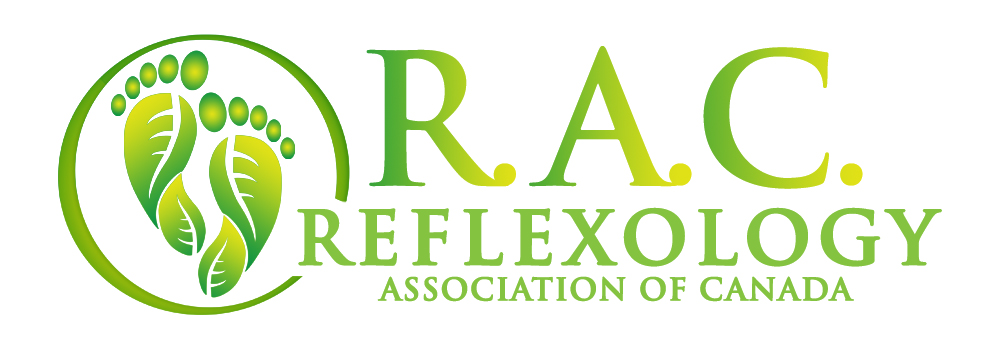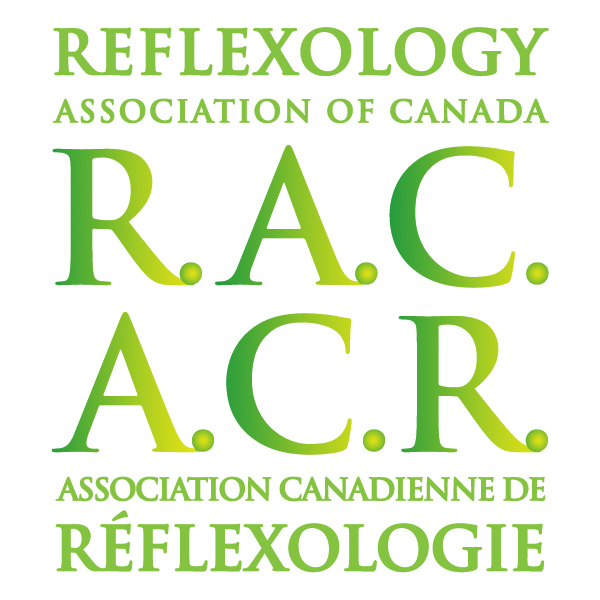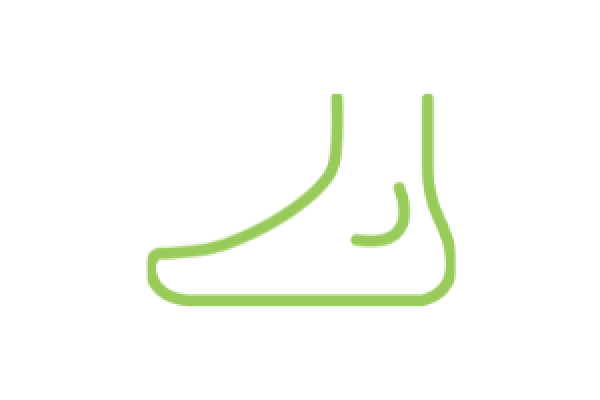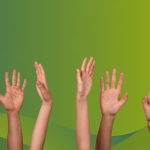Course Name:
CranioSacral Reflexology (CSR) Level 1
Pre-requisites:
Open to Certified Reflexologists, Massage Therapists, Osteopaths, Physiotherapists, Nurses and certain other therapists with good knowledge of Reflexology Therapy.
Additional Information:
For RAC Members
If this course is taken by a RAC professional member for continuing education the following credits applies.









